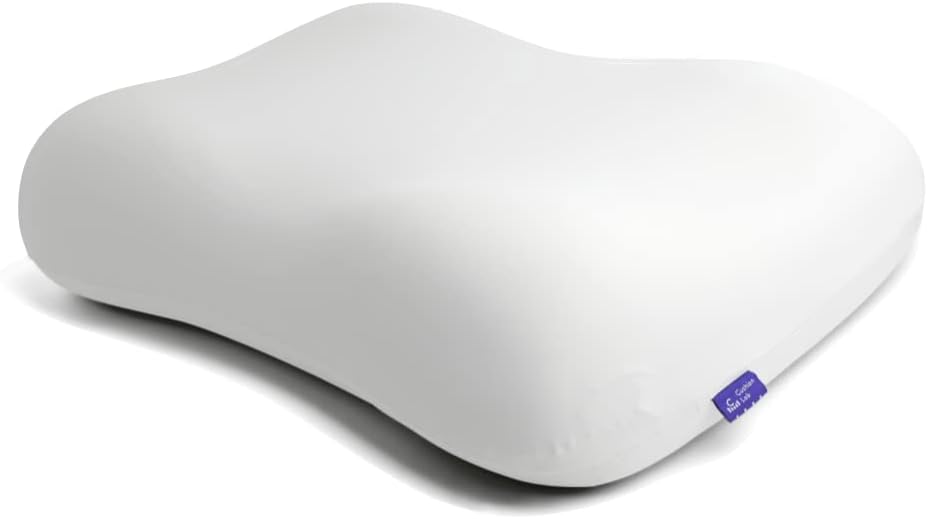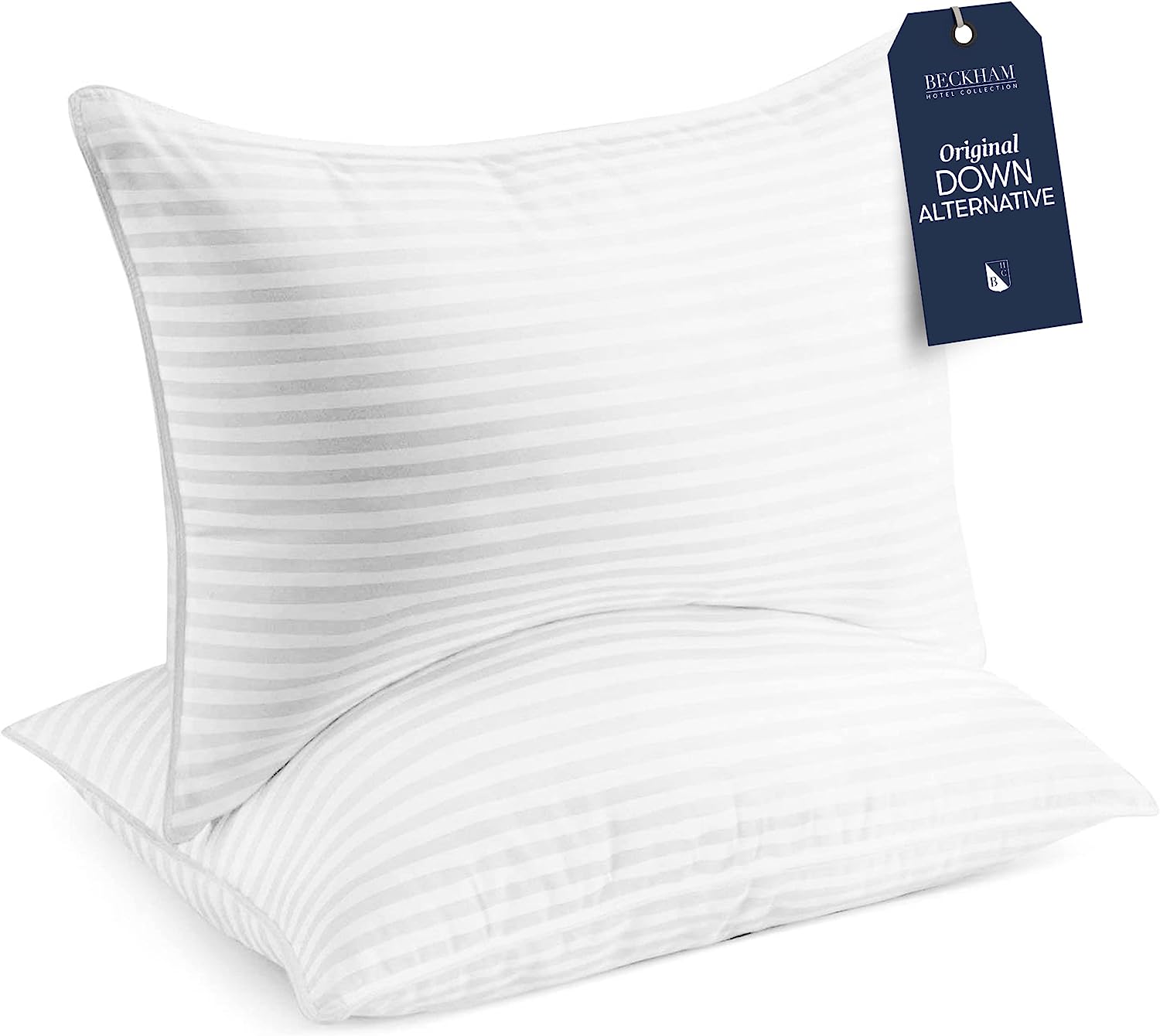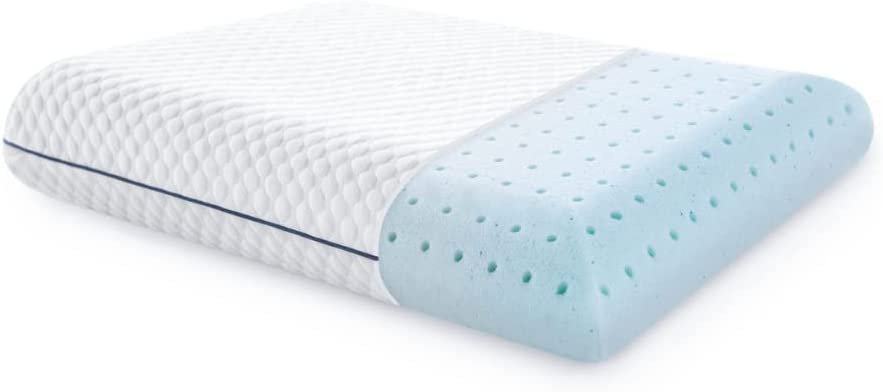How you sleep has a significant impact on your overall health, so making changes to fix your sleeping posture is paramount to your well-being. The goal during sleep is to maintain a neutral spine, which means keeping the natural curves of your spine intact. Good sleep posture also promotes better sleep by reducing pain and discomfort, improving breathing, and enhancing circulation.
Here are our 5 tips for how to fix your sleeping posture:
1. Stretch Before You Lay Down
Stretching before bed can help fix your sleep posture by relaxing your muscles and reducing tension in your body. When you stretch, you increase blood flow to your muscles, which can help reduce stiffness and soreness. This can make it easier to get comfortable in bed and maintain a good sleep posture throughout the night.

In addition to improving your sleep posture, stretching before bed can also help you relax and unwind, which can promote better sleep overall. By reducing stress and tension in your body, you can create a more peaceful and restful environment for sleep.
When stretching before bed, focus on stretches that target your neck, shoulders, and lower back, as these are common areas of tension and discomfort. Gentle stretches like neck rolls, shoulder shrugs, and spinal twists can be particularly effective. Just be sure to avoid any stretches that cause pain or discomfort, and consult a healthcare professional if you have any concerns or questions.
2. Remove Objects From Your Bed
Objects in your bed can affect your sleeping posture by altering the alignment of your spine and other body parts. When trying to fix your sleeping posture, there are a few considerations to account for.
First, the number of pillows you have, as well as heavy blankets or too many layers can restrict movement and make it difficult to change positions during sleep. Consider removing unnecessary bedding to allow for natural, unrestrained movement.

Also, many people chose to sleep with their pets in the bed. Sleeping with pets can affect your sleeping posture by causing you to contort your body to accommodate them. This can lead to discomfort or pain in the neck, back, or hips. It’s important to consider whether sleeping with pets is worth the potential impact on your sleep quality and posture.
Finally, using electronic devices in bed can affect your sleeping posture by causing you to hunch over or strain your neck to see the screen. This can lead to neck pain, headaches, and other discomforts. It’s important to limit electronic device use in bed and maintain good posture while using them.
3. Change Your Sleeping Position
Posture and position are closely related, but not one in the same. Your sleeping position, as in how you place your body and limbs, affects your overall posture. This is important to keep in mind when trying to fix your sleeping posture.
Back Sleeping
Sleeping on your back is generally considered the best position for spinal health. It allows your head, neck, and spine to rest in a neutral position, minimizing the risk of developing pain or discomfort. To further support the natural curve of your lower back, you can place a pillow under your knees.
Side sleeping
Side sleeping is another common position that can be relatively good for your spine, especially if you maintain proper alignment. To do this, use a pillow that supports your head and neck, keeping them in line with your spine. Placing a pillow between your knees can also help maintain spinal alignment and reduce pressure on your hips and lower back.

Stomach sleeping
Stomach sleeping is generally not recommended for spinal health, as it can lead to increased strain on your neck and lower back. When you sleep on your stomach, your neck is often twisted to one side, which can cause discomfort and misalignment. Additionally, this position can flatten the natural curve of your lower back, leading to increased strain and potential pain. If you must sleep on your stomach, consider placing a pillow under your hips and lower abdomen to help maintain a more neutral spine position.
It’s essential to listen to your body and adjust your sleep position if you experience discomfort or pain.
4. Change Out Your Mattress
An old mattress can negatively affect your sleeping posture and overall sleep quality. As mattresses age, they can lose their pressure-relieving and supportive capabilities, which can lead to improper spinal alignment and discomfort during sleep.

As a mattress ages, it may lose its ability to provide adequate support for your body. This can cause your spine to fall out of alignment, leading to joint pain, muscle strain, and discomfort in your neck, shoulders, and lower back.
To help fix your sleeping posture, it’s essential to replace your mattress when it starts to show signs of wear and tear. The lifespan of a mattress can vary depending on its type and quality, but generally, it’s recommended to replace your mattress every 7-10 years. If you’re experiencing discomfort or poor sleep quality, it may be time to consider investing in a new mattress that provides the support and pressure relief your body needs.
5. Fix Your Sleeping Posture With Ergonomic Pillows
Ergonomic pillows can help support your spine and maintain proper alignment during sleep. These pillows are designed to contour to the shape of your head, neck, and shoulders, providing optimal support and reducing the risk of discomfort or pain. The best ergonomic pillow for you will depend on your preferred sleep position and individual needs:
Contoured memory foam pillows
These pillows are designed with a curved shape that supports the natural curve of your neck and head. They can be particularly helpful for back and side sleepers, as they help maintain proper spinal alignment.
Cervical pillows
Cervical pillows, also known as neck pillows or orthopedic pillows, have a unique design that provides extra support for the neck. They often feature a roll-shaped section to cradle the neck and a flatter section for the head. These pillows can be beneficial for both back and side sleepers.
Lumbar pillows
Lumbar pillows are designed to support the lower back and can be used in combination with other ergonomic pillows to maintain proper spinal alignment. They can be especially helpful for back sleepers, as they help maintain the natural curve of the lower back.
Knee pillows
For side sleepers, placing a pillow between the knees can help maintain proper spinal alignment and reduce pressure on the hips and lower back. Knee pillows are typically made of memory foam and are shaped to fit comfortably between the legs.
Body pillows
Full-length body pillows can provide additional support for side sleepers, helping to maintain spinal alignment and reduce pressure on the hips and lower back. They can also be used to support the upper body and reduce strain on the shoulders and neck.
When choosing an ergonomic pillow, it’s essential to consider your preferred sleep position and any specific needs or preferences you may have. It may take some trial and error to find the perfect pillow for you, but investing in a pillow that supports your spine can significantly improve your sleep quality and overall well-being.
We have a list of great ergonomic pillows with some of the best options, head on over if you’re interested in a new pillow:
We hope you’ve found these tips beneficial. If you can think of anything we missed, or want to say how these ideas helped you, leave a comment below and let us know!









